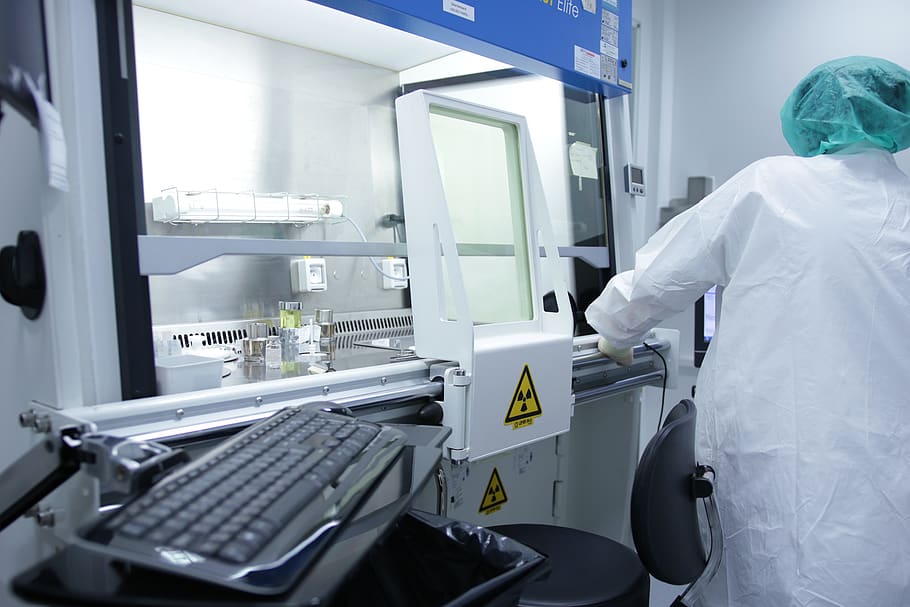
We have all taken a hit over the past year. Some have been able to survive it without signs of damage. Others have been slowed. But many have been knocked down. Some percentage of them have been knocked completely out of the game. It is popular to say that we all get knocked down. What defines us is whether we get back up. That is one of those ideas that is easier said than done.
Not everyone has the ability to bounce back as easily as others. They don’t have the financial resources to survive such a crisis. Minorities have fared worse, in part, due to their lack of access to healthcare relative to others. It is hard to bounce back without testing, ample access to quality masks, vaccinations, a job, and a full savings account.
Despite these challenges, we all have to find ways to come back from the brink. In times of crisis, job one is survival. The second job is getting things back to some semblance of normality. We are doing as well as can be expected with the first job. The jury is still out on the second. Some have found ways to get back on their feet. As they blaze the trail, they are showing us a path forward. Here are a few things we can learn from what they have managed to accomplish:
Safety Does Not have to Be Compromised for Productivity
For too long, we have lived with the false dichotomy of worker safety or worker productivity. Before the pandemic, this led many employers to insist employees came to work even when they were sick. Companies valued productivity at any cost, even if that cost was worker safety. They had convinced themselves that airborne viruses were no big deal. The coronavirus has provided a master class on why that thought process was dead wrong. Moving forward, company policies and priorities will change dramatically in favor of worker safety.
This is already happening in industries that use powered exoskeleton suits that help reduce the stress and strain that leads to heavy lifting injuries. Exoskeletons also increase productivity. Workers can do more than they could before due to strength enhancements provided by the suit. It goes to show that companies don’t have to sacrifice worker safety for productivity.
Technology Fuels Education
There was a time when calculators were forbidden in school. Now, the school cannot be done without computers. The original fear was that if kids were allowed to use technology to help them get the answers, they would never learn to solve problems for themselves. Like every other tech fear, this one proved to be complete without merit.
EdTech has skyrocketed. The boost was fueled by school closures. Thanks to the pandemic, school administrators and teachers are forced to take a different approach when it comes to technology and learning.
Since the rise of free blogging platforms and social video services, there has been an uptick in free education. People who might have trouble learning things in a classroom have found new ways to learn just about anything they want to know with just a few clicks. Schools have to respond to that in a meaningful way. One thing is certain: Technology has not contributed to less education. It has made education more available to more people. The people who build computers and write programs today are the children who brought calculators to school.
Tech That Helps Us Connect
“I’m not a cat.” These are the actual words from an attorney while on a Zoom meeting with a judge. Contrary to his proclamation, the attorney’s face was overwritten by a cat filter. The cat’s lips and eyes were moving and emoting in such a way that one could be forgiven for thinking a cat had made the call.
Technology has advanced at a rapid clip. Some of the best techs are those that have kept us connected. Webcams, thin and light computers, LTE connections, near broadcast quality microphones at consumer prices, and software that is (mostly) easy and intuitive to use: These are the advances that similar to chemical process technology got us through quarantine and will play a major role in the rest of our lives. In times like these, human connection is everything, even when that human looks a lot like a cat.
Technology is a permanent fixture in our daily lives. And that is a very good thing. We are getting up after being knocked down thanks to the tech that gives use both safety and productivity, that enables education regardless of the situation, and that provides connection when we need it the most.

